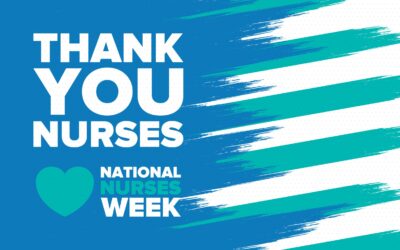As we celebrate National Nurses Week from May 6th to 12th, let’s reflect on how we can empower the untold heroes of hospitals to deliver excellent...
General Interest
read more
How Excellent Patient Care Saves Costs
Patient Safety is defined as “the absence of preventable harm to a patient and reduction of risk of unnecessary harm associated with health care to...
National Nursing Week 2020
As we prepare to celebrate National Nurses Week during the Covid-19 pandemic, it’s difficult to find words that adequately express the thanks...
3 Reasons Why “Designed by Clinicians” is Not Going to Save Healthcare IT
A recent article in Medical Economics, “The Promise of Next Generation EHRs” was an interesting read. It got me thinking, and there were a few...
The Equifax Data Breach – What You should do to Protect Yourself!
This advice is from Prista’s partner and advisor for HIPAA Compliance, Third Rock. Considering the vast number of individuals impacted by this...



